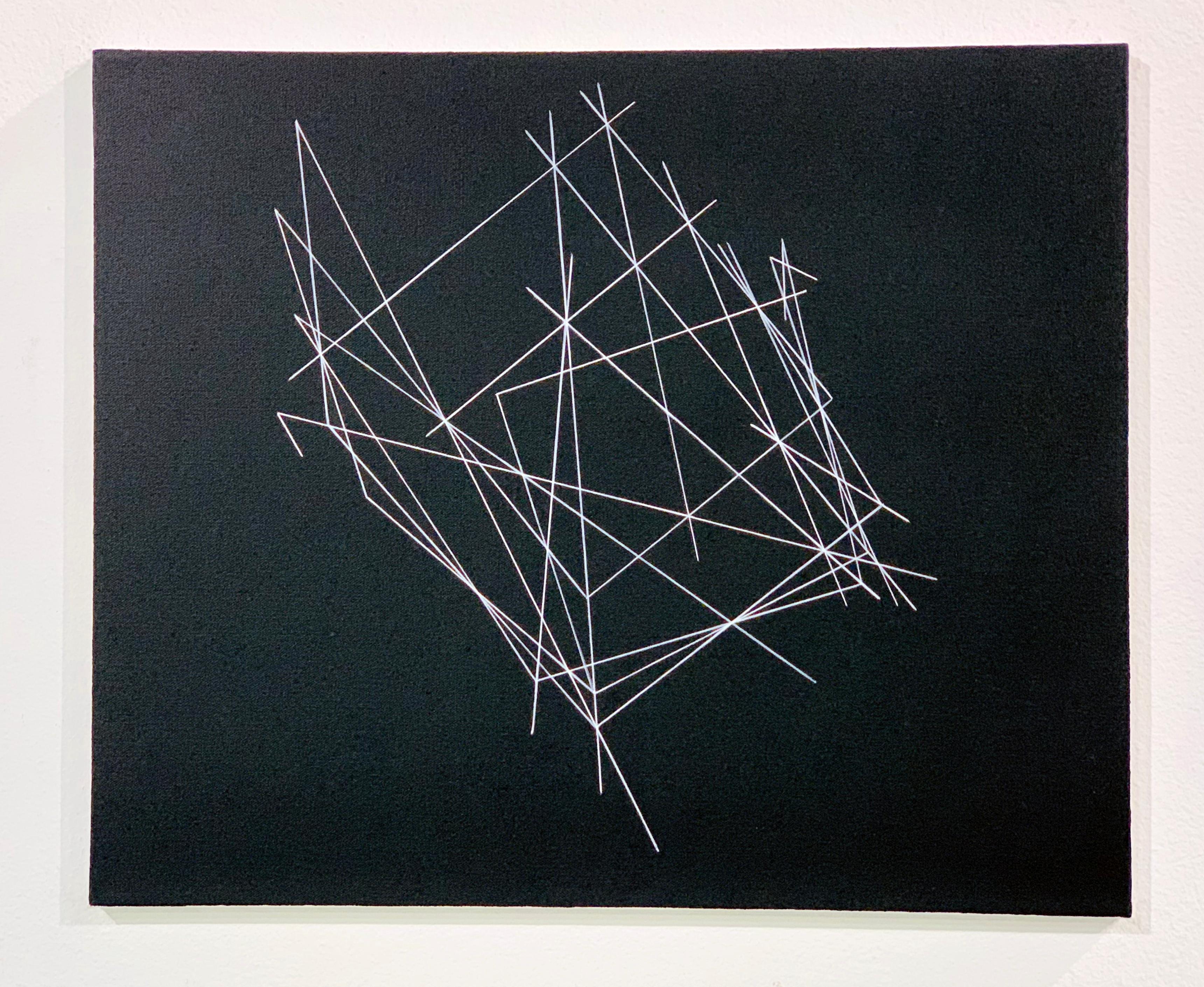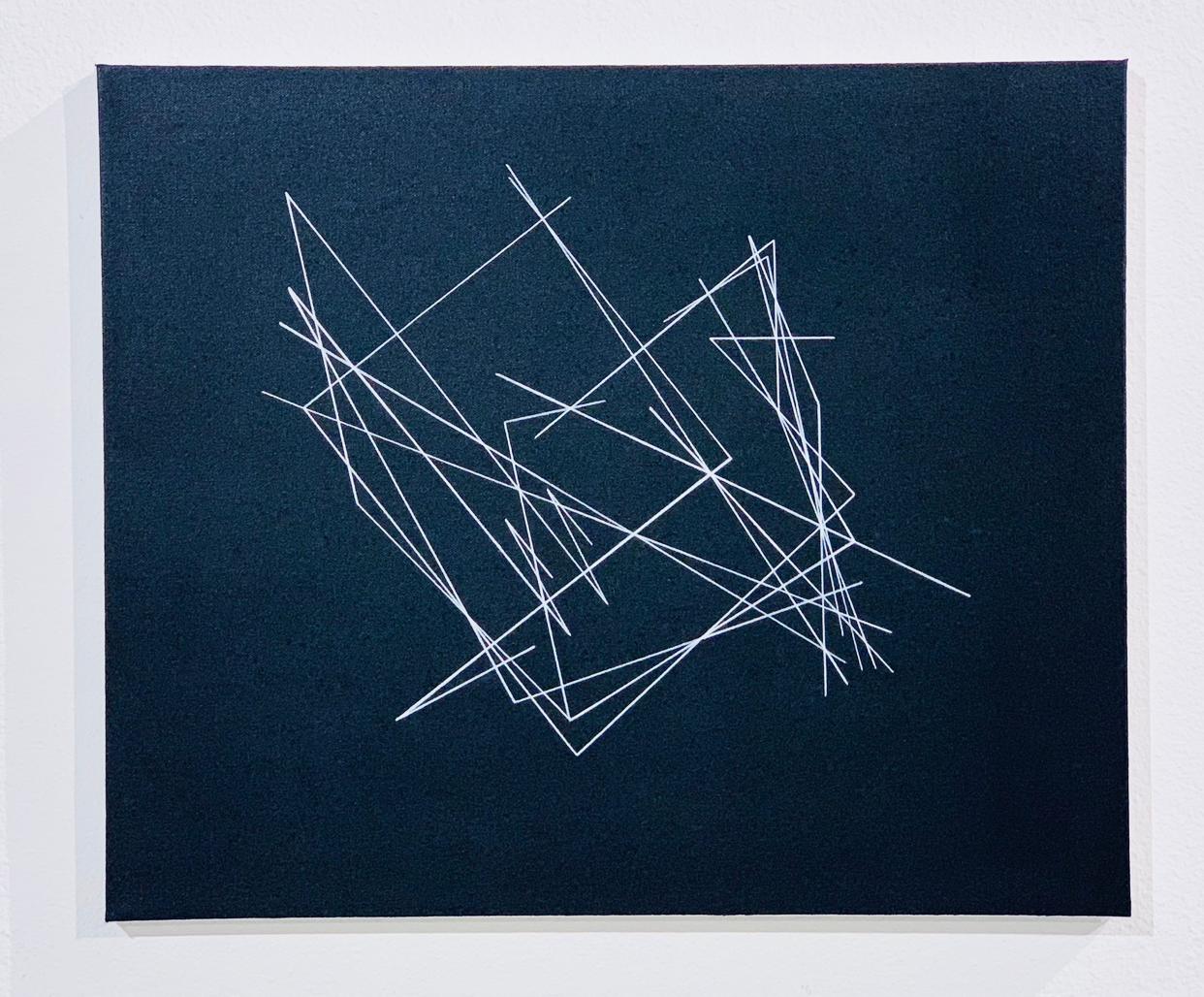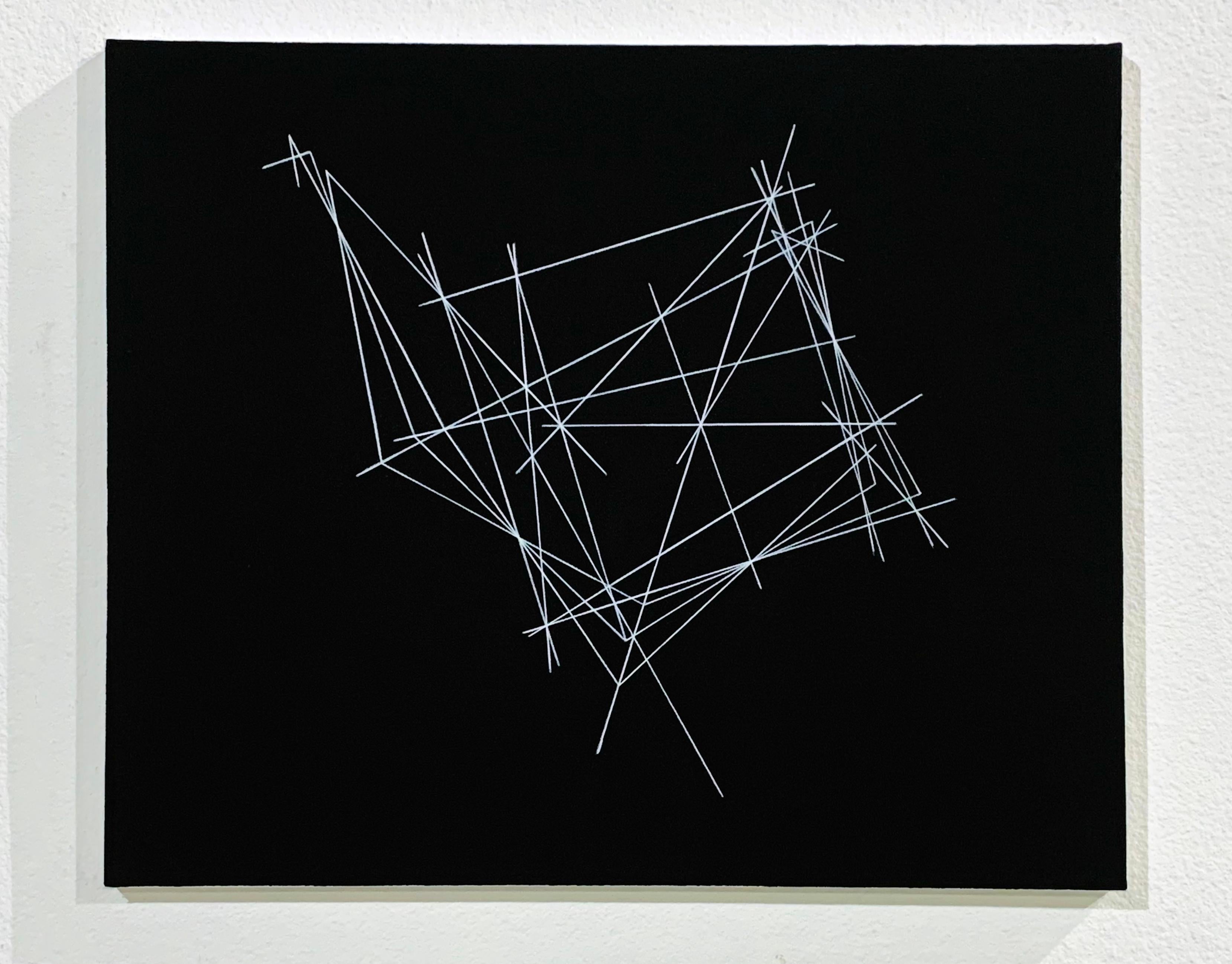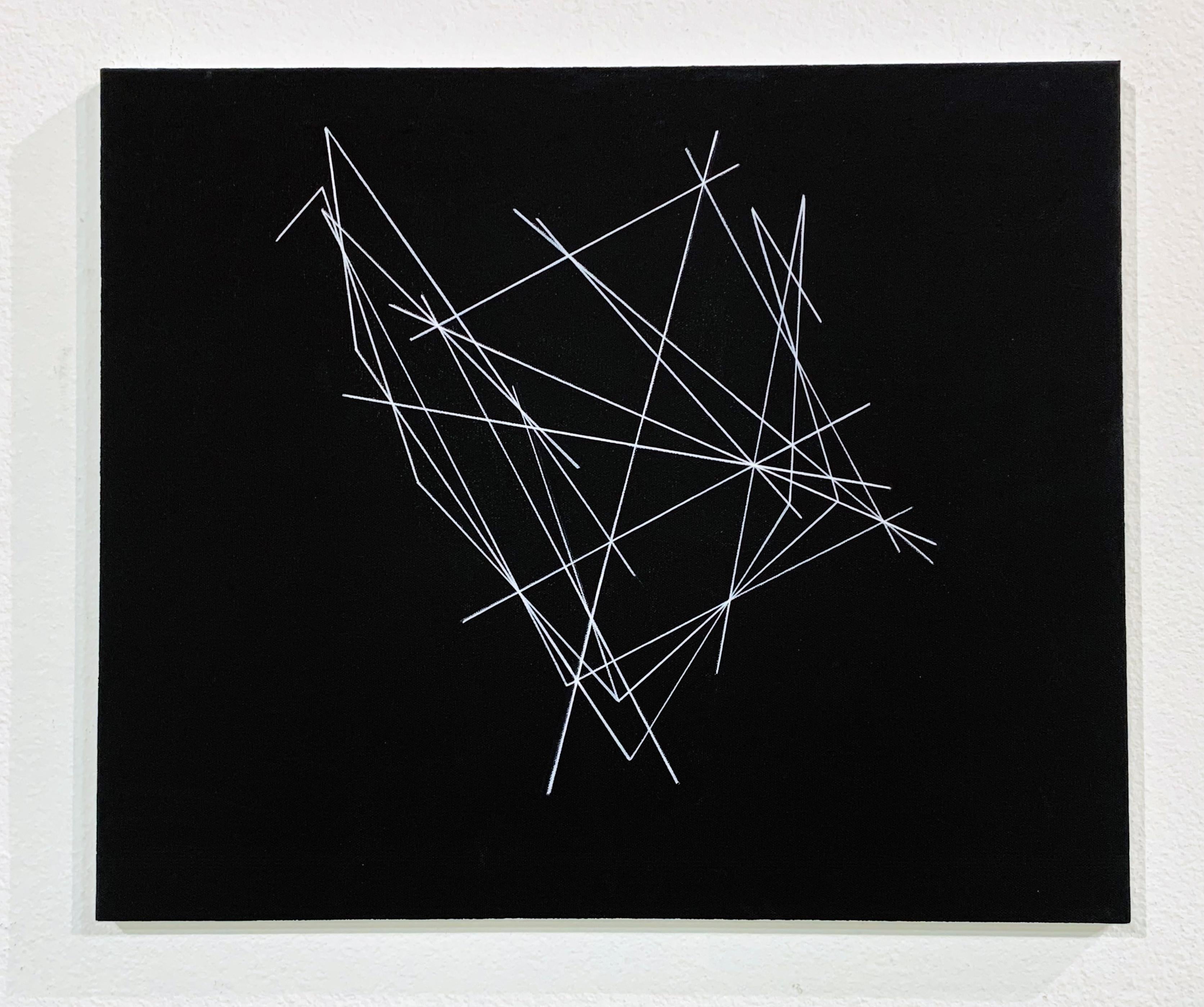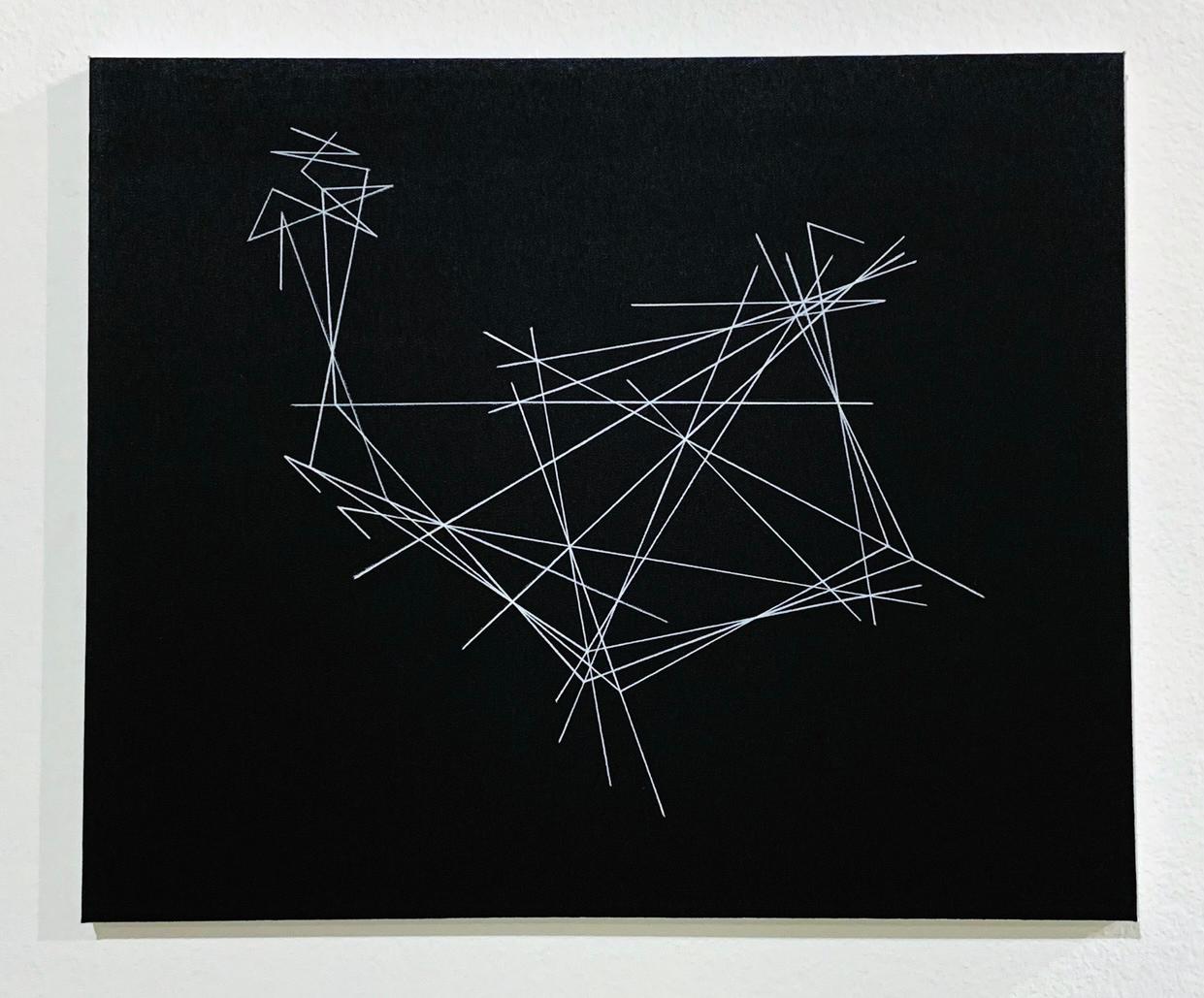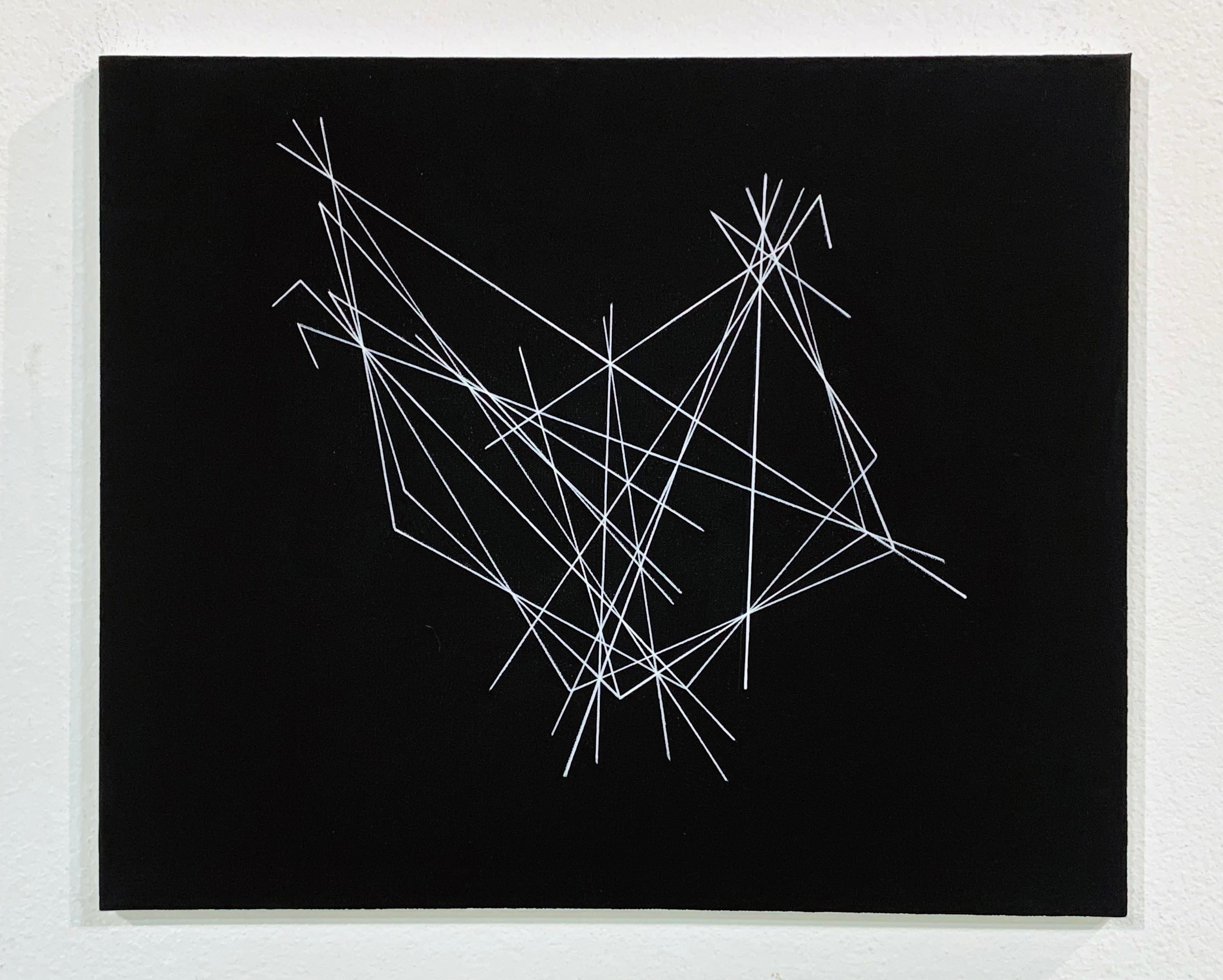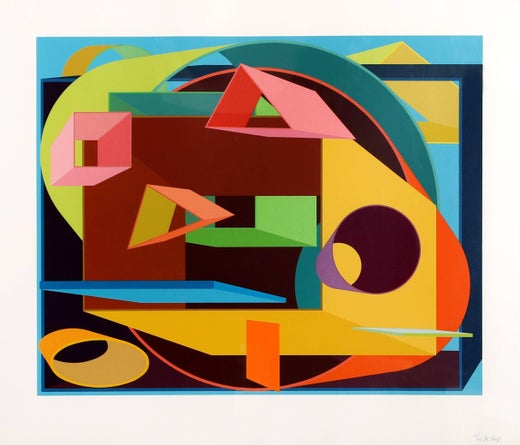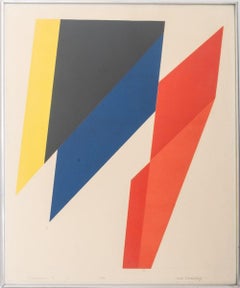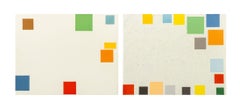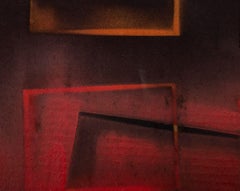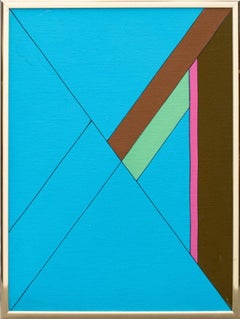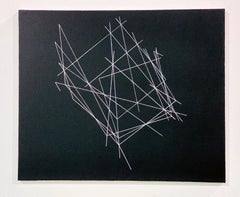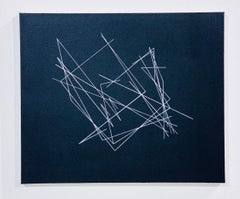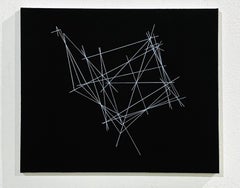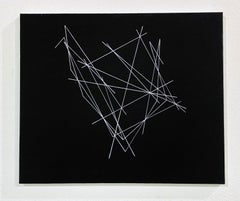Want more images or videos?
Request additional images or videos from the seller
1 of 12
Al HeldUntitled (Cubes)1969
1969
$1,450
£1,129.16
€1,284.42
CA$2,088.24
A$2,291.58
CHF 1,196.91
MX$27,398.44
NOK 15,160.93
SEK 14,140.42
DKK 9,592.82
About the Item
Al Held (American, 1928-2005), Untitled (Cubes), Lithograph on Strathmore Paper, 1969, signed in pencil and numbered edition "67 / 100" to verso, Strathmore blindstamp lower right corner, ebonized frame. Image: 33.75" H x 24" W; frame: 41.5" H x 31.5" W x 1.25" D. Provenance: From a New York City Corporate Collection.
- Creator:Al Held (1928 - 2005, American)
- Creation Year:1969
- Dimensions:Height: 41.5 in (105.41 cm)Width: 31.5 in (80.01 cm)Depth: 1.25 in (3.18 cm)
- Medium:
- Movement & Style:
- Period:
- Condition:Overall good condition with age-appropriate wear. Condition refers to the artwork only, it excludes the frame. We do not guarantee frame condition.
- Gallery Location:Astoria, NY
- Reference Number:Seller: 1192611stDibs: LU2845216535372
Al Held
Alvin Jacob Held, (1928-2005) Al Held earned his slot in the annals of American contemporary art with his bold, geometric canvases that took abstraction to another level. His free-floating, interlocked cubes, and planes invited the viewer into a vertigo-inducing landscape that seemed to stretch on into infinity. "Immense architectural structures curve and slice through these complex paintings, often enmeshing themselves in cellular structures," noted the Times of London. "Viewers felt that they were exploring some mysterious universe, and Held never lost his passionate belief in abstract painting's ability to create a sublime new world."
Held grew up in Brooklyn, New York, and as a teenager, missed so many days of high school that it was suggested he consider leaving altogether. He eventually earned a night-school diploma, and spent two years in the U.S. Navy. Back in New York City, he enrolled in classes at the Art Students League, and went on to study at the Académie de la Grande Chaumière in Paris in the early 1950s. The first solo exhibition of his work was staged there, in 1952 at the Galerie Huit. Held's abstract work took on a more orderly, formal tone, aided by a switch from oil to acrylic paints in 1959, and he had his first solo show in New York City that same year at the Poindexter Gallery. "Finessing the gap between Minimalism and Color Field painting," wrote New York Times journalist Ken Johnson of the next decade of Held's career, "he produced smooth, simplified works based on enlarged letters of the alphabet. And in the late '60s and '70s he made complex black-and-white pictures of sharply outlined cubes, pyramids, and other geometric shapes floating in illusory spaces of indeterminate depth."
Some of Held's best-known works are those floating black and white cubes, a series he began in 1967. One of the largest, which stretches more than 90 feet in length, was installed at the Empire State Plaza in Albany, New York. In the late 1970s, in an abrupt shift, he began using color again, and the geometric shapes became so precise that they were sometimes mistaken for computer-generated art. Held considered his images not unlike those of religious art, once telling an interviewer that "historically, the priests and wise men believed that it was the artist's job to make images of heaven and hell believable, even though nobody had experienced these places," he said, according to his Chicago Tribune obituary.
Held spent 20 years teaching at Yale University's. Represented by the Robert Miller Gallery in New York City, which staged what would be his last exhibition of new work in 2003, Held's works were avidly sought by contemporary-art enthusiasts around the world, and were part of the permanent collections of many institutions, including the Metropolitan Museum of Art and the Museum of Modern Art. — Carol Brennan
About the Seller
No Reviews Yet
Vetted Professional Seller
Every seller passes strict standards for authenticity and reliability
1stDibs seller since 2025
13 sales on 1stDibs
Typical response time: 13 hours
- ShippingRetrieving quote...Shipping from: Astoria, NY
- Return Policy
More From This Seller
View All"Dimensions VI (I)"
By Jack Sonenberg
Located in Astoria, NY
Jack Sonenberg (Canadian/American, 1925-2012), "Dimensions VI (I)", Serigraph in Colors, titled and numbered edition "11/50" lower left, signed in pencil lower right, silver-tone fra...
Category
1970s Abstract Abstract Prints
Materials
Paper, Screen
Geometric Compositions, 2
Located in Astoria, NY
20th Century School, Two Geometric Compositions, Screenprints in Color, one on handmade paper, unsigned, unframed.
Larger: 30.5" H x 23.75" W.
Provenance: From a New York City Coll...
Category
20th Century Abstract Abstract Prints
Materials
Paper, Handmade Paper, Screen
Abstract Geometric Composition
Located in Astoria, NY
Domenick Capobianco (American, born 1928) Abstract Geometric Composition, Mixed Media on Cardboard, acrylic and spray paint, apparently unsigned, "Studio Domenick Capobianco" stamp t...
Category
Late 20th Century Abstract Abstract Paintings
Materials
Canvas, Oil, Spray Paint
Kenneth Licht Geometric Acrylic on Canvas
Located in Astoria, NY
Kenneth Licht (American, 1923-XX), Geometric Composition, Acrylic on Canvas, circa 1965, unsigned, Patrick Parrish Gallery label to verso, gold-tone metal frame. Image: 15.25" H x 11...
Category
Mid-20th Century Contemporary Abstract Paintings
Materials
Canvas, Acrylic
Abstract Composition
Located in Astoria, NY
Maurice Sievan (American, 1898-1981), Untitled, Mixed Media on Paper, 1970, crayon and watercolor, signed and dated "'70" to lower left and inscribed to verso, in a white mat, unfram...
Category
1970s Abstract Mixed Media
Materials
Crayon, Watercolor
Abstract Composition
Located in Astoria, NY
Elfi Schuselka (Austrian, b. 1940), Abstract Composition, Oil on Canvas, apparently unsigned, stamped "Studio Elfi Schuselka" to verso, unstretched, unframed. 21.5" H x 23.5" W. Prov...
Category
Late 20th Century Contemporary Abstract Paintings
Materials
Canvas, Oil
You May Also Like
Hyper Cube Series
By Clifford Singer
Located in Henderson, NV
This image is the artist's interpretation of the Hyper Cube which he had been contemplating since 1973. It represents the Hyper Cube in higher dimensions with collinear point inters...
Category
1970s Abstract Geometric Abstract Paintings
Materials
Canvas, Archival Ink
Hyper Cube Series
By Clifford Singer
Located in Henderson, NV
This image is the artist's interpretation of the Hyper Cube which he had been contemplating since 1973. It represents the Hyper Cube in higher dimensions with collinear point inters...
Category
1970s Abstract Geometric Abstract Paintings
Materials
Canvas, Archival Ink
Hyper Cube Series
By Clifford Singer
Located in Henderson, NV
This image is the artist's interpretation of the Hyper Cube which I had been contemplating since 1973. It represents the Hyper Cube in higher dimensions with collinear point interse...
Category
1970s Abstract Geometric Abstract Paintings
Materials
Canvas, Archival Ink
Hyper Cube Series
By Clifford Singer
Located in Henderson, NV
This image is the artist's interpretation of the Hyper Cube which he had been contemplating since 1973. It represents the Hyper Cube in higher dimensions with collinear point inters...
Category
1970s Abstract Geometric Abstract Paintings
Materials
Canvas, Archival Ink
Hyper Cube Series
By Clifford Singer
Located in Henderson, NV
Hyper Cube Series. 1978. Gouache on Acrylic on Canvas.
Category
1970s Abstract Geometric Abstract Paintings
Materials
Canvas, Acrylic, Gouache
$16,000 Sale Price
20% Off
Hyper Cube Series
By Clifford Singer
Located in Henderson, NV
This image is the artist's interpretation of the Hyper Cube which he had been contemplating since 1973. It represents the Hyper Cube in higher dimensions with collinear point inters...
Category
1970s Abstract Geometric Abstract Paintings
Materials
Canvas, Archival Ink
More Ways To Browse
Vintage Cubes
Nemesio Antunez
Niki De St Phalle
Pablo Palazuelo On Sale
Paul Huxley
Phillip Anthony
Picasso Pomme
Pierre Soulages On Sale
Poems Dans Le Ciel
Quarry Robert Rauschenberg
Rafael Soriano
Richard Serra Etching
Richter P19
Robert Indiana 1968
Robert Indiana Signed Hope
Roderick Mead
Roger Nellens
Ron Adams
